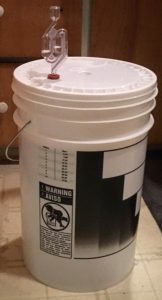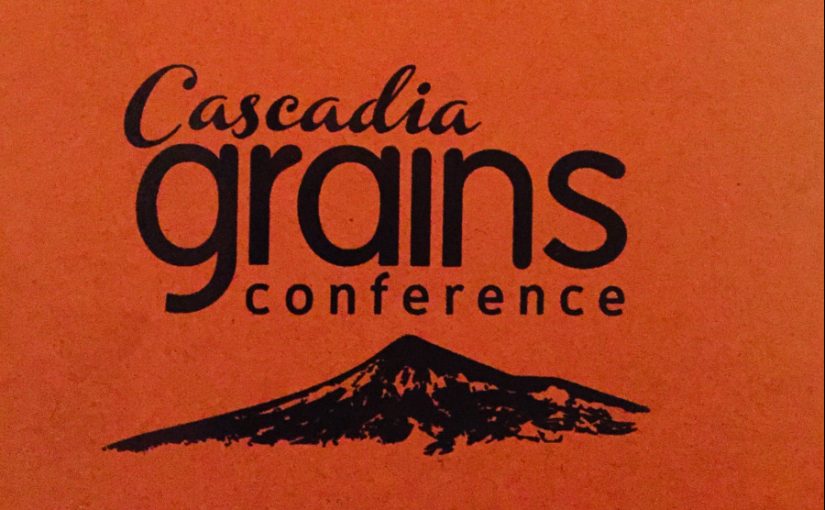Many considerations should be taken into account to properly maintain a fruit tree. The tree must be a manageable size for easy picking, making the first necessary cuts heading cuts to shorten the height and width. These large cuts must be made in the winter, while the carbohydrates are in the trunk and roots, and the tree is dormant as to not shock the tree. Late winter is ideal for pruning at the eco-dormant state, after the tree has had approximately 1000 hours of chilling time below 45 degrees Fahrenheit. The tip of the central leader must stay to a manageable height and should be cut first. Heading cuts on the lateral branches should also be made at this time to keep the tree in an open bowl shape. Pruning to a Christmas tree like shape is also a popular method, with the top branches shorter in length and the lower branches longer. The cuts should be made at an angle to promote water run off and discourage rot. Cutting of the terminal portion of branch will promote new growth from lower buds. Any dead, severely damaged or diseased wood should be removed in the winter. The maintenance of the scaffold whorl should be taken into account in the winter months, and decisions made whether or not old branches should be removed for healthier new ones to grow. All waterspouts and suckers should be removed at this time. Thinning cuts should also be made in the winter, to remove any overlapping branches that are over a year in age. In the early summer thinning cuts should be made to promote airflow and sunlight penetration. All remaining root suckers and waterspouts, if any, should be removed at this time. Branches should only be removed if at an angle that could not support the weight of fruit or is interfering with a branch that is much more productive than itself. Branches with few reproductive buds might also be removed to give space to those that produce more efficiently. Summer pruning should be finished before the end of July. Pruning is necessary to maintain airflow to keep the tree dry and protect from disease, in addition to sunlight penetration. The quantity of the fruit decreases when a tree is pruned correctly, however, the quality and size of the fruit increases tremendously. Proper pruning techniques allow fruit trees to live much longer and healthier lives. Training from a young age is the best way to make yearly pruning hassle free. If trained to have proper fruit supporting angles from 45 to 60 degrees, the pruning becomes a simple biannual maintenance. If the fruit tree was not initially trained, pruning becomes a difficult and tedious experience.
Cascadia Grains Conference
Attending the Cascadia Grains Conference was an amazing experience. Prior to the conference I was not fully convinced that twelve hours of lectures and panels specifically on grain would be enjoyable; I was wrong. The content of these lectures left me yearning for more knowledge, and the connections made will be lifelong resources in my research.
Before attending any specific session I decided to make a round of the booths set up in the main hall. The first booth that I stopped at was one showing how different large-scale grain farms were implementing no-till systems. This was intriguing on a large scale; these farms were planting directly into previous years straw, similar to my learning on smaller farms. The most interesting booth was one run by the city of Tumwater to revitalize the old Olympia brewery, and turn it into an education and history center. John Doan, city administrator of Tumwater, and Ann Cook, communications manager were working this station. They offered information on the project and asked for support through an internship. (I might soon take them up on this offer) The project to redevelop this landmark will begin with reaching their 6 million dollar goal for funding. The Tumwater Craft Brewing and Distilling Center will offer an incubation space for new brewers and distillers to begin crafting an amazing product. In addition, there will be tasting rooms, a restaurant, museum, laboratory, teaching kitchen, entertainment area, farmers market and more! Through this project they intend to create 662 jobs and provide a community hub for PNW local commerce.
Batch #1
Batch #1: Single Hop Variety Extract Brew
Batch #1 is an extract batch due to the fact that my mash tun was not quite ready.

It is brewed only with one hop variety, which is Chinook. This is the first batch of
beer that I have ever made, so I decided to keep it simple, to understand the process. The next batch will be all-grain, a more advanced recipe, and will either be a black IPA recipe out of my current reading (IPA:Brewing Techniques, Recipes and the Evolution of India Pale Ale by Mitch Steele), or a double IPA.
The Ingredients are as follows:
- 0.75 lbs Belgian Carmel 8 Malted Barley
- 0.25 lbs Breiss Caramel 120 Malted Barley
- 6 lbs Pilsen Malt Syrup
- 1 lb Pilsen DME (dried malt extract)
- 3 oz Chinook Hops
- Safale US-05 Ale dry yeast
Getting Started
Research and development has begun. My current reading is IPA:Brewing Techniques, Recipes and the Evolution of India Pale Ale by Mitch Steele. This book examines the history of India Pale Ale from it’s English roots in the mid 1700’s, to it’s more recent American styles. The IPA has gone through many variations to become what today is most popular style of craft beer in the United States.

